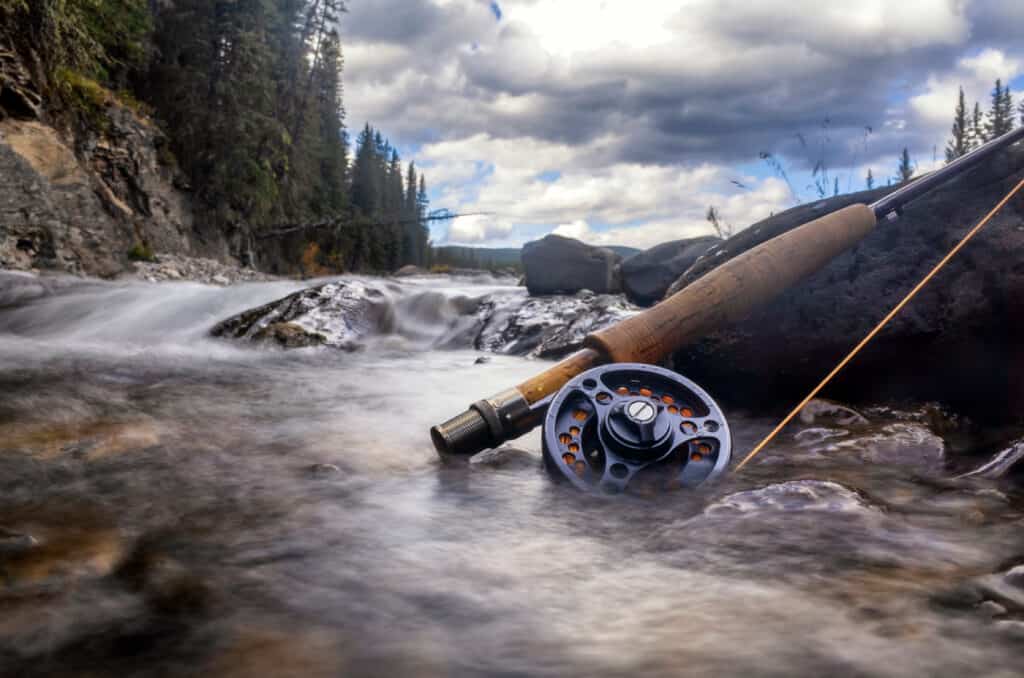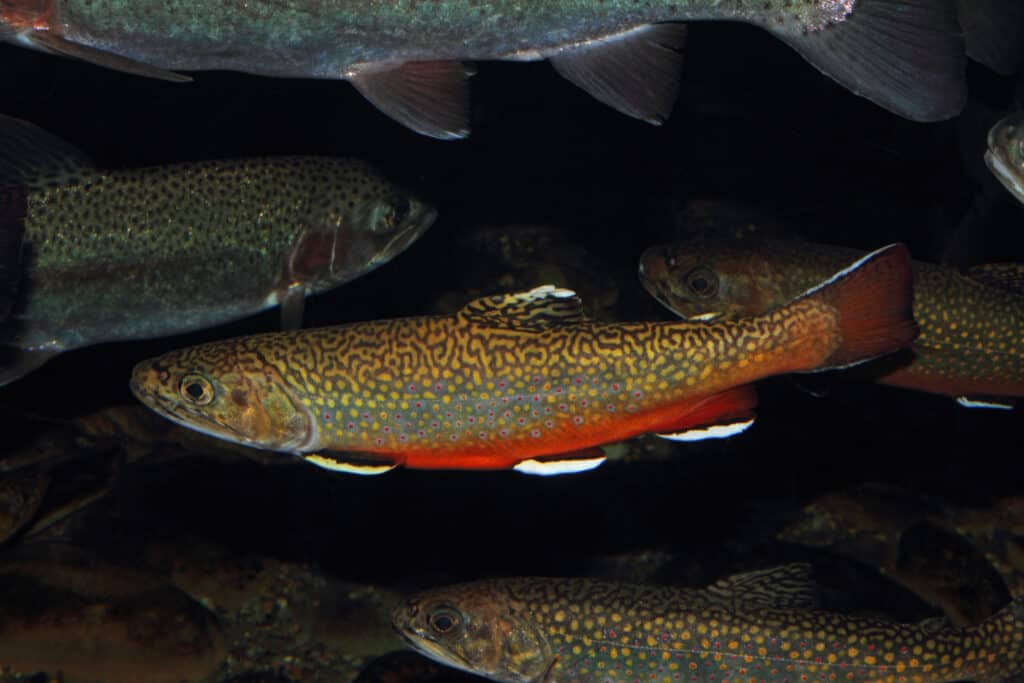West Virginia is a state located in the Appalachian area of the United States. It is abutted by Pennsylvania to the north, Maryland and Virginia to the east and southeast, Kentucky to the southwest, and Ohio to the northwest. The state’s diverse geography includes rolling hills, mountains, forests, rivers, and lakes.
West Virginia’s economy was historically based on coal mining and timber harvesting. However, over time it has diversified into other industries, such as healthcare services, tourism, manufacturing, and technology.
The state also boasts several natural attractions, including national parks like New River Gorge National Park and Preserve along with Monongahela National Forest, which provide opportunities for hiking trails or scenic drives with stunning vistas from overlooks at high elevations within wilderness areas surrounded by exquisite flora and fauna. Additionally, there are countless fishing spots across West Virginia where visitors can catch trout or bass in streams like Elk River or Greenbrier River while enjoying the beautiful scenery.
Overall West Virginia offers something for everyone, from outdoor enthusiasts looking for adventure in rugged terrain to those seeking cultural experiences within its unique communities steeped in history dating back centuries before becoming an official U.S. State!
The Brook Trout

The brook trout (Salvelinus fontinalis) is the state fish of West Virginia. It is the state fish of 9 U.S. states and one Canadian province. That is one popular fish!
The brook trout, also known as Salvelinus fontinalis, is a freshwater fish that can be found in the streams and rivers of West Virginia. It has a distinctive appearance with dark green to brown coloration on its back and sides, often accompanied by light spots or worm-like markings. Its belly is typically white or cream-colored. The brook trout also has small red spots surrounded by blue halos on its body and fins, making it easily identifiable from other trout species.
In terms of size, the average adult brook trout ranges from 6-10 inches in length but can grow up to ten inches or more in larger bodies of water. They have a streamlined shape with a forked tail that helps them move quickly through the water.
Overall, the brook trout is a beautiful fish that adds to the natural beauty of West Virginia’s waterways and provides an exciting challenge for anglers looking to catch one.
Where to Catch One: Range and Habitat

West Virginia has 500 miles of brook streams!
©Malachi Jacobs/Shutterstock.com
West Virginia’s state fish is the brook trout, which is native to the state’s mountain streams. These streams are typically narrow and shaded, have many pools, and provide a home for numerous small brook trout. The fish usually measure 5-6 inches, although they can reach up to 10 inches.
In October, the official state fish of West Virginia, the brook trout, will lay eggs in nests called redds. These nests are typically located in clean, low, and clear streams near the lower end of pools with fresh oxygenated water. Such streams can be found in the Williams, Elk, and Greenbrier Rivers and the Gandy and Seneca creeks. There are 500 miles of native brook trout streams in West Virginia!
How to Catch One: Diet and Bait

The brook trout’s preferred habitat is cold, clean streams in remote areas.
©Rob McKay/Shutterstock.com
When it comes to finding the perfect bait for catching brook trout, understanding their diet is key. Brook trout are known to be opportunistic feeders, meaning they will eat just about anything that crosses their path. However, their preferred food sources vary depending on the time of year.
During the winter and early spring months, brook trout primarily feed on aquatic insects such as caddisflies, mayflies, and stoneflies. These insects can often be found floating or swimming near the surface of the water where brook trout tend to hunt for prey.
As temperatures start to rise in the summer and early fall, brook trout shift their focus towards terrestrial insects like Japanese beetles, grasshoppers, and bees. These insects typically live on land but can become fish food when they fall or are washed into streams.
To entice a hungry brook trout during these warmer months, anglers should consider using insect imitations like dry flies or nymphs that mimic grasshoppers or other terrestrial bugs. It’s also important to note that matching your bait with local insect hatches can greatly increase your chances of success.
Overall, while brook trout may not have particularly discerning palates when it comes to hunting for food in streams and rivers across West Virginia, understanding what foods they prefer at different times of the year can make all the difference in landing a big catch.
Reproduction

Brook trout lay eggs in streams with gravel beds.
©JessK89/Shutterstock.com
Brook trout are known for their unique reproductive behavior. They typically spawn in the fall months, from September to early November, in shallow streams or rivers with gravel bottoms. The male brook trout will find a suitable spawning location and begin to make a nest called a “redd” by using his tail to move stones and gravel around until he creates a small depression on the stream bottom.
Once the redd is complete, the female brook trout will lay her eggs into it while the male fertilizes them. Afterward, the mother will cover the eggs with more stones and gravel to protect them from predators and keep them oxygenated until they hatch. The eggs incubate for 95 to 101 days. It takes brook trout about two years to fully mature. When they are small fry, they stay near underwater plants at the shoreline for safety.
Brook trout offspring are also unique because they rely heavily on cold water temperatures and clean habitats for survival. As such, it’s crucial that humans take care of their natural environments if we want these beautiful fish species to thrive in our ecosystems.
Ecological Importance
Brook trout are a vital component of the ecosystem in West Virginia. As native species, they have coevolved with their environment and play an important role in maintaining biodiversity. They serve as both predator and prey, consuming aquatic insects while also being consumed by larger fish and birds like herons and ospreys.
Additionally, brook trout are indicators of water quality. Their presence indicates clean water free from pollutants such as sedimentation or chemical runoff. This is particularly significant given that many rivers in West Virginia have been impacted by mining operations and other human activities.
Furthermore, brook trout contribute to nutrient cycling by consuming organic matter, which is then excreted back into the ecosystem as nutrients for plants and other organisms. They also provide recreational opportunities for anglers who visit the state’s streams to catch these prized game fish.
Overall, preserving healthy populations of brook trout is essential for maintaining the ecological balance in West Virginia’s aquatic ecosystems.
Conservation and Threats

The Brook Trout is so popular it has been named the state fish of nine US states.
©M Rose/Shutterstock.com
Native brook trout in North America have been impacted by human activities such as land development, deforestation, and industrialization, which often lead to degraded water quality, reduced oxygen levels, and increased temperatures. As a result, many water sources are now home to non-native species such as smallmouth bass, perch, brown trout, and rainbow trout. The introduction of these species has caused native brook trout populations to become extirpated from their original habitats. Furthermore, overharvesting and other stresses make brook trout particularly vulnerable to the introduction of foreign species, leading to further extirpation in certain freshwater lakes.
Chemicals and fertilizers in runoff, as well as air pollution, have caused a decrease in native brook trout habitats. In the U.S., acid rain from air pollution has resulted in water pH levels too low to support brook trout in all but the highest headwaters of some Appalachian streams and creeks. In eastern Canada, a specific subspecies of brook trout known as the aurora trout was wiped out by acid rain. Currently, many areas are working to restore brook trout populations in waters where they used to live while stocking other species of trout in areas that cannot be made suitable for the native fish.
The photo featured at the top of this post is © Dec Hogan/Shutterstock.com
Thank you for reading! Have some feedback for us? Contact the AZ Animals editorial team.






